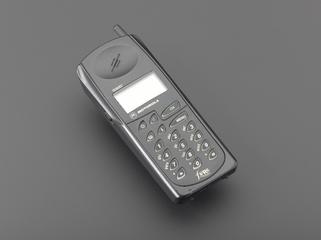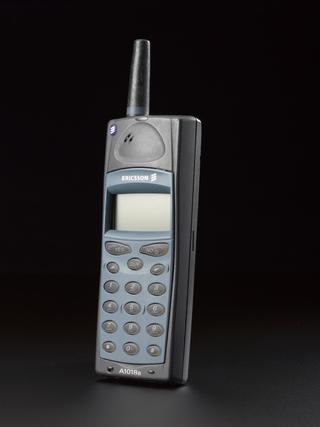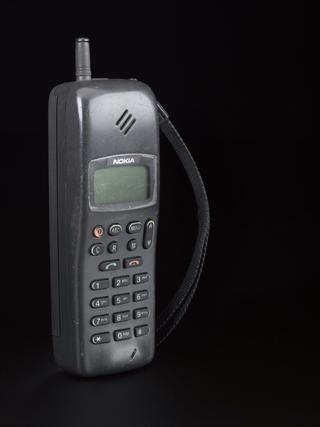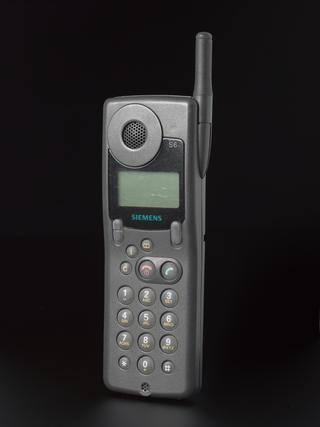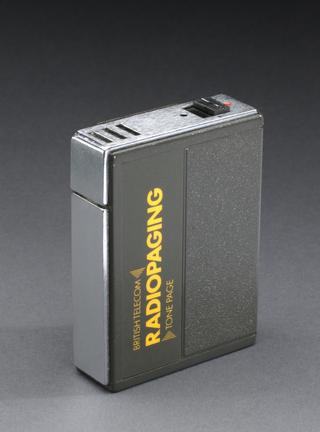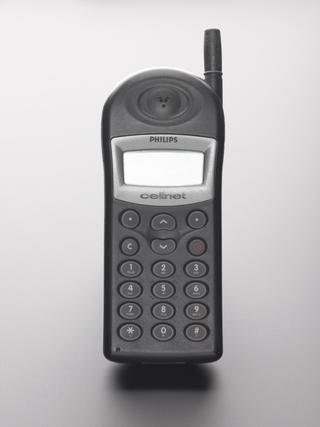
SIM card for Orange mobile network, 2012
- Made:
- 2012 in unknown place






Mobile phone SIM card for use on Orange network in Cameroon, bought in Buea, Cameroon, 2012
SIM cards are crucial to making a mobile phone work. This example was purchased by Science Museum staff on a trip to Cameroon in 2012. It enabled the staff members to use a mobile phone on the Orange mobile network, one of two commercial network providers operating in Cameroon at the time. SIM stands for 'Subscriber Identity Module', and is a key part of GSM, an international agreement about the technical standards used by mobile phones. GSM originated in a handful of European companies, but soon spread around the world.
Details
- Category:
- Telecommunications
- Object Number:
- 2014-85
- Materials:
- metal (unknown) and plastic (unidentified)
- Measurements:
-
overall: 1 mm x 82 mm x 54 mm, 4.1 g
- credit:
- Museum Purchase
